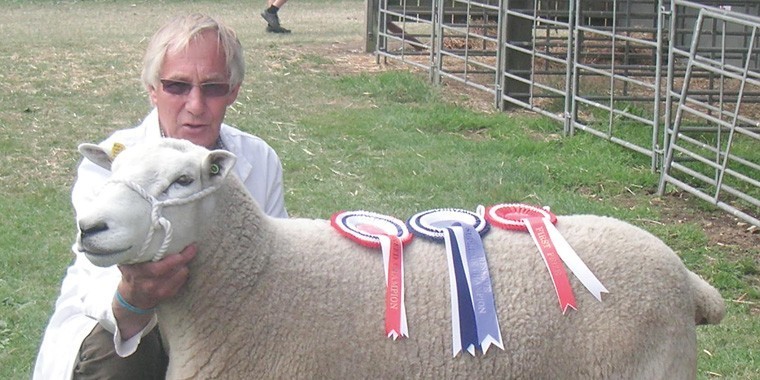At last, this week (beginning 18 January) some positive signs for sheep producers. Lamb prices at Ashford up to an average of 173.8 pence per kilogram, the best they have been since last spring – a sign for a little optimism but not yet a cause to celebrate. Nobody seems to know quite how many lamb producers are hanging on, waiting for prices to firm up. There seems to be some confusion between the results of the December and June census returns, with a suggestion that producers are not terribly reliable at completing them, in terms of both numbers returned and quality of the data recorded.
Incomplete and/or unreliable data does make effective market forecasting difficult: they are an inconvenience but maybe we are just getting what we deserve. Reliable market and supply data does help in the making of informed marketing decisions.
In the same week the euro has dropped (relative to sterling) to below 1.3 from a peak, before Christmas, of above 1.4, making our lamb almost 10% cheaper across the Channel, which will certainly be giving a welcome boost to our lamb export trade. Anything that will take pressure off the domestic market will be very useful. Sadly there still seems to be considerable quantities of New Zealand lamb on supermarket shelves: it would be nice if we could have a little more commitment from our own retailers to support British lamb, particularly in terms of quality. How can lamb that has been in transit for six or seven weeks be as good as a genuinely fresh product?
They say things happen in threes and to complete the trio, at last we do seem to be waking up to the fact that there is a risk of Bluetongue (BTV8) crossing the Channel. The French authorities have been working very hard to contain the Bluetongue outbreak, which has been circulating in central France since August (Sheep Topics, October 2015).
The unseasonably mild autumn and winter to date has certainly not helped them in their task and midges have been active all winter both in France and in the UK – activity that will increase significantly as things warm up in the spring. The first outbreak was reported five months ago close to Allier, about 435 miles south of Dover. By November, (latest DEFRA data) cases were reported as far north as the Loiret department some 300 miles south of Dover. The French government has depleted their stocks of vaccine and has been buying in more of what is a limited supply of Bluetongue vaccine. There must be a question mark over whether or not, if Bluetongue does cross the Channel, we have access to sufficient stocks of vaccine to be able to contain an outbreak effectively?
To get back to the positives: I have for some years put some of my poorer (generally for cosmetic reasons) Lleyn ewes to a Down ram for few very good quality meat lambs. At present I am using a Suffolk, a super little ram that throws some very good, chunky lambs.
His only problem is that if there were show jumping events for sheep he would undoubtedly be performing at a national level. In mid August he fence hopped into a group of ewes, but much to his disgust he was removed and returned to his rightful paddock. Just after Christmas however, several ewes were showing signs of bagging up and were separated for a little bit of extra feed and attention.
On 10 January one of these girls presented us with a lovely pair of twins. The ewe – a smallish Hampshire X Lleyn – had been on grass only, except for the last 10 days before she lambed, when she had been built up to 500 grams a day of 18% concentrate; however she produced two good, strong lambs at 4.75kg and 5.25kg. I did worry that she might be short on milk, but she is now back out on grass and receiving 0.75kg of hard feed a day. Her lambs, in the first 11 days of life have gained 3.25kg or 295gm per day, so she is obviously milking well.
Do we really need to feed our sheep as much as we are told we should? Sheep do need to be challenged from time to time. But – and it is a big but – if you are going to cut back on ewe feed, do make sure that you are making informed decisions: get it wrong and it could cost a fortune.




